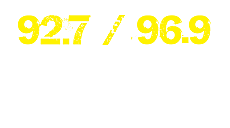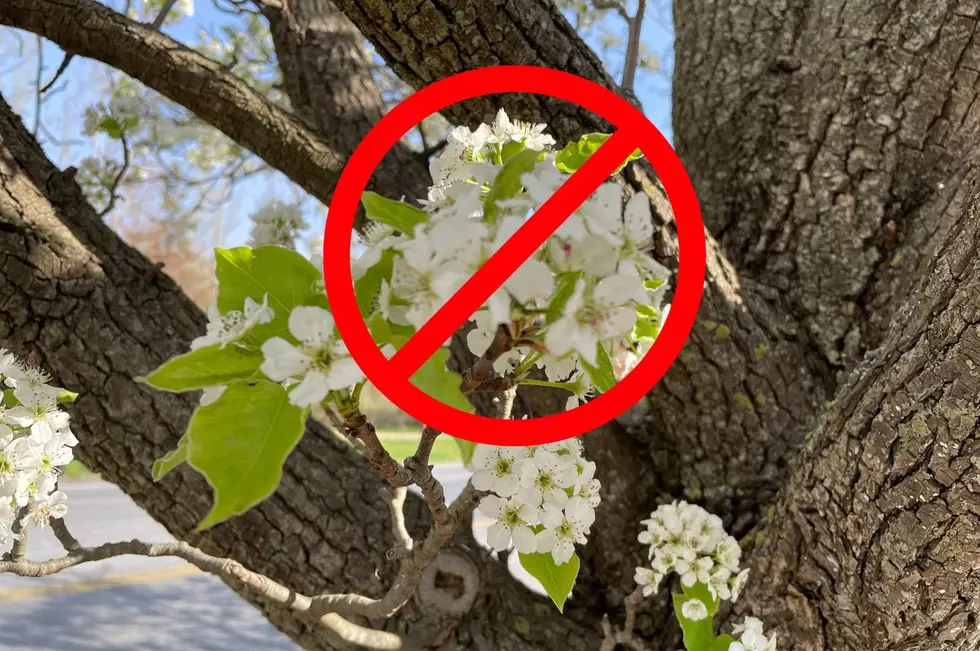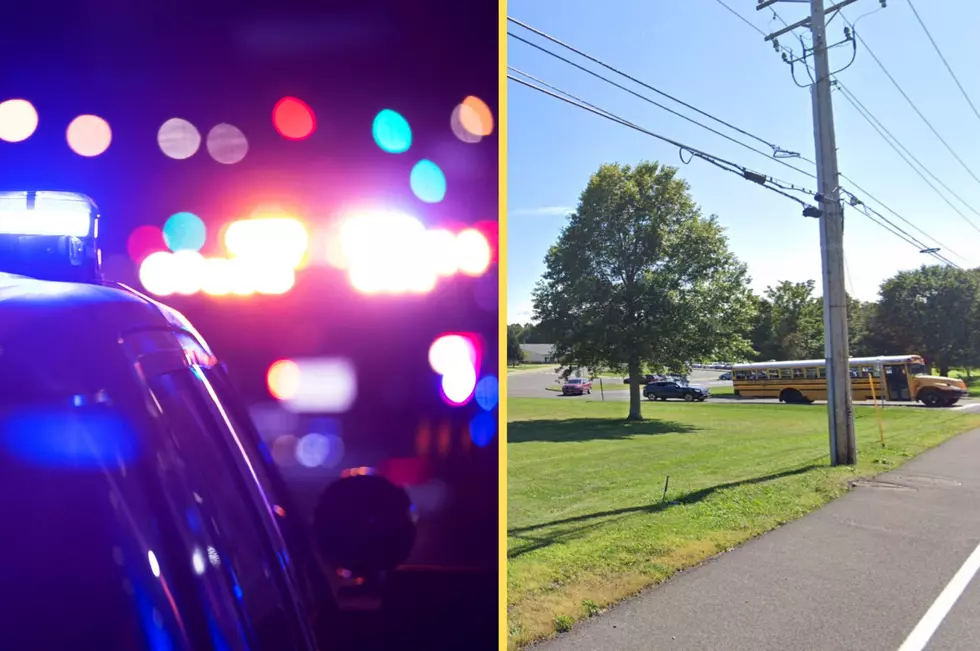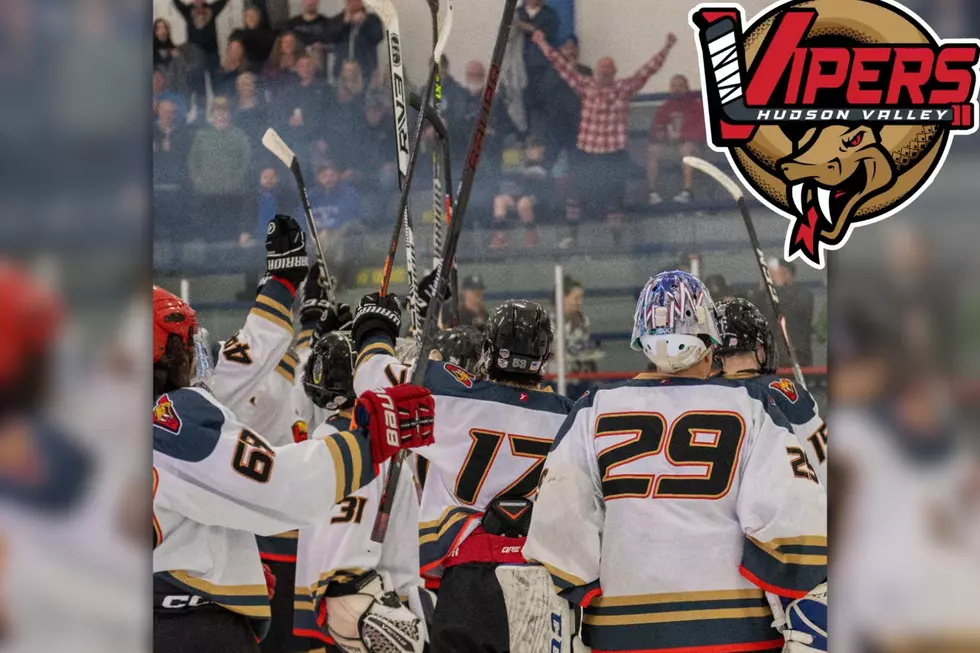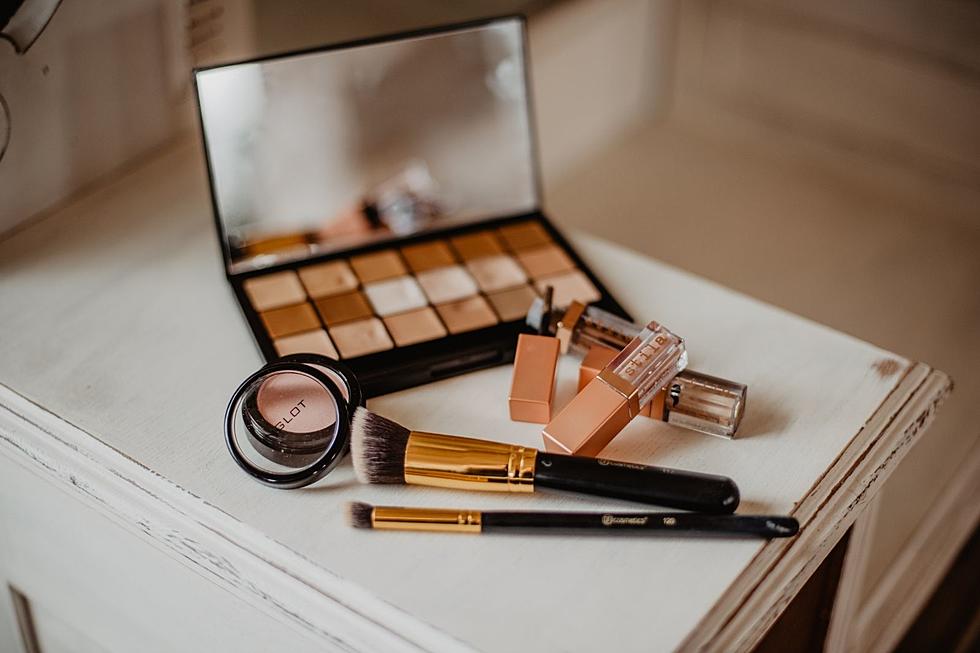10 Years Ago: Damon Albarn Supergroup the Good, the Bad & the Queen Releases Its Debut
With a title inspired by a spaghetti western, and lyrics about a London set in the past, present and apocalyptic future, Damon Albarn went off in search of a sound. The Blur and Gorillaz main man was seeking musicians who could bring the appropriate amount of life to these gray, English songs.
For starters, he continued to collaborate with producer Danger Mouse (Brian Burton), with whom he’d worked in 2005 on Gorillaz’ Demon Days. In fact, initial reports of Albarn’s next project indicated it was a solo disc produced by Danger Mouse – but it would become much more.
Damon continued to keep Simon Tong in the fold. The former Verve guitarist had kinda-sorta replaced Graham Coxon in Blur, then stayed on for Demon Days. He also included Afrobeat legend Tony Allen, the Nigerian drummer who had become famous alongside Fela Kuti. After being paid tribute on Blur’s “Music Is My Radar,” Allen and Albarn had become friends in the ’00s.
Seeing that Albarn was struggling with the project, Allen suggested that all of the guys should travel to Lagos, Nigeria, and see what musical influences they might be able to absorb there. Although Damon had previously collaborated with African musicians on 2002’s Mali Music and was thrilled to do it once more, the sessions didn’t quite work out.
“You want a band to work itself, but at the same time you want it to be the best that it can be,” Albarn told Pitchfork in 2007. “I tried it the other way, with Tony leading the tracks when I went to Lagos, and it was great but I didn’t fit into that. That is why I scrapped the whole record, because I thought I should be involved at least.”
But Albarn’s vision seemed to gel after he invited former Clash bassist Paul Simonon to his studio to listen to some demos recordings. After years away from music, he’d recently dipped his toe back in. He was intrigued not only by the music, but by his and Albarn’s shared history as natives of London’s North Kensington area.
“It was like being an actor and being given a script with no words,” the bass player said. “There were all these leanings toward dub bass-lines, and it inspired me – I thought, that’s what I should be doing, you know?”
The new group set to work crafting music that balanced its atmospheric tendencies by keeping things very simple, with each member doing his best to avoid the typical, show-offy traps of supergroups. Performances were sharp, but not overbearing. Melodies were present, but muted. Reggae grooves and polyrhythms blended with rock textures and Albarn’s yowl.
The rock quartet revealed themselves with a debut performance and single (“Herculean”) in October 2006, then announced the release of an album, The Good, the Bad & the Queen.
But what was the new group called? Although most media outlets defaulted to the album title (as tipped by the initial single releases), the band members claimed that they had not chosen a moniker. Albarn and Simonon were particularly adamant in interviews that it was an unnamed group.
“We didn’t properly name the band,” Simonon told the Observer Music Magazine, “because a name is for a marriage.”
Named or not, The Good, the Bad and the Queen arrived on Jan. 22, 2007 to solid sales, bowing at No. 2 and going gold in the U.K. while hitting No. 49 on the U.S. charts. Reviews were largely positive, focusing on the moody nature of the music and Albarn’s imagined and realistic depictions of London. Songs such as “Kingdom of Doom” and “Green Fields” were singled out as highlights of Damon’s recording career, while the album’s title (and final) track earned rare praise from rival Noel Gallagher of Oasis, who praised the song’s revved-up finale.
The Good, the Bad and the Queen – or, if you prefer, this unnamed band – toured to promote the record in 2007 and reunited in 2011 for a benefit show, but have yet to reconvene officially. However, since 2014, Albarn has indicated that another album from the group could happen after his next Gorillaz project.
Damon Albarn Albums Ranked in Order of Awesomeness
